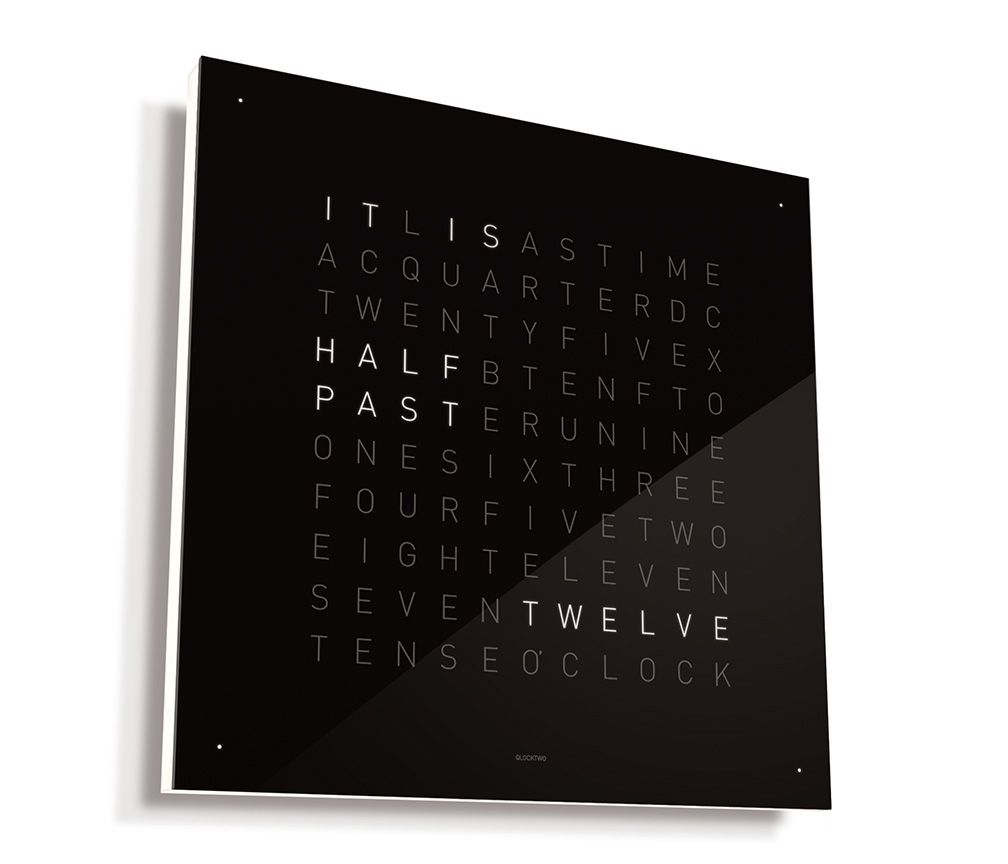Those Who Can, Teach. Those Who Cannot, Pass Laws About Teaching
A plea to end the war on education.
A plea to end the war on education.
The hectic pace of this time of year (grading finals! grading papers! etc!) always makes me think of the music of Raymond Scott (1908-1994), but especially his “Powerhouse” (1937). Â If you’ve ever watched any Warner Bros. cartoons, you’ll recognize this as the machinery-out-of-control theme. Â Carl Stalling (1891-1972), who created the scores for those cartoons, made
A dog. A bug. A walk around the block. From this simple premise comes one of the great picture contemporary picture books – and, while we’re on the subject, great picture books, period. With a spare, clean design and plenty of humor, Mark Newgarden and Megan Montague Cash’s Bow-Wow Bugs a Bug (2007) is a pleasure
A Crockett Johnson–Ruth Krauss biography update with good news, thanks, and apologies. Â Let’s do the apologies first. Apologies. Â It was unprofessional of me to air this disagreement publicly. Â It’s one thing to blog about the editing process, and another to air one’s editorial differences in a public forum. Â I’ve already apologized to my editor (who
I haven’t blogged about the biography of Crockett Johnson and Ruth Krauss for a while because I’ve been waiting. Â I sent in the latest version of the manuscript back on the first of the year; my editor finally read it in late March, and sent it out to a reader. Â I received the reader’s report
To introduce Keywords for Children’s Literature (forthcoming in June), we – Lissa Paul, New York University Press, and myself – are pleased to announce the Keywords for Children’s Literature blog. In our new post over there, you’ll find links to both the Table of Contents and our Introduction.  Lissa and I say a few words about
They might indeed be geniuses. Â What other band has, in the last quarter century, produced such consistently great music? Â Music for films, TV, adults, children, and mammals of any description? Â I ask you: Who? Commemorating new music by They Might Be Giants (who, dear reader, are this blogger’s favorite band), here are nine TMBG songs
69 years ago today, the first daily strip of Crockett Johnson‘s Barnaby ran in the newspaper PM. Â One year from today, Fantagraphics will begin reprinting Barnaby in full (co-edited by me and Eric Reynolds) – and the University Press of Mississippi will publish my biography of Crockett Johnson and Ruth Krauss. Â In anticipation of both
Biegert & Funk’s QlockTwo is a beautifully designed clock. I’ve an image below, but before reading further you might experience it for yourself (on B&F’s webpage).
 The clock contains the right number of letters to announce the time in a complete sentence. Its sans serif typeface is easily legible, telling us that “IT IS TWENTY TO TWO,” and then “IT IS A QUARTER TO TWO” in crisp, white letters (it measures in five-minute increments). But what I especially like is the way it slows down the experience of time, converting something precise into something precise enough. I also enjoy the gentle irony of having an iPhone app that translates the digital precision of 2:16 p.m. into the comfortable analog, “IT IS A QUARTER PAST TWO.”
The clock contains the right number of letters to announce the time in a complete sentence. Its sans serif typeface is easily legible, telling us that “IT IS TWENTY TO TWO,” and then “IT IS A QUARTER TO TWO” in crisp, white letters (it measures in five-minute increments). But what I especially like is the way it slows down the experience of time, converting something precise into something precise enough. I also enjoy the gentle irony of having an iPhone app that translates the digital precision of 2:16 p.m. into the comfortable analog, “IT IS A QUARTER PAST TWO.”
As the iTunes reviews indicate, it would be great if one could make this app the phone’s background. As reviewer JLSchend notes, “I see the time on the wallpaper long before I open the app.” However, the point of the QlockTwo app is not instant access to the time. The point is to provide an aesthetically and emotionally different experience of time.
Digitally rendered time, with numbers and colons, is exact, keeping track of each second as it slips away. The second hand on a clock face also tracks time’s relentless dissipation, but, without numbers marking each second’s passing, clock time seems to move with less insistence than digital time. The Qlock’s rendering of time as text, however, abstracts the temporal from both the spatial (clock face) and digital (numbers and colons). Time’s past and future are not mapped as they are on a clock face. And the absence of a digital timepiece’s swiftly accruing seconds gives a feeling of slowness, of being in the present.
Unlike other timepieces, the Qlock does not emphasize time passing. Instead, it narrates the gradually changing present.
I’m thinking, in particular, about how to find the good new ones, from among the many thousands of children’s books that appear each year. Â This is a question I’m often asked, but it’s a question of particular interest to my Literature for Children classes right now, since their third paper requires them to find a